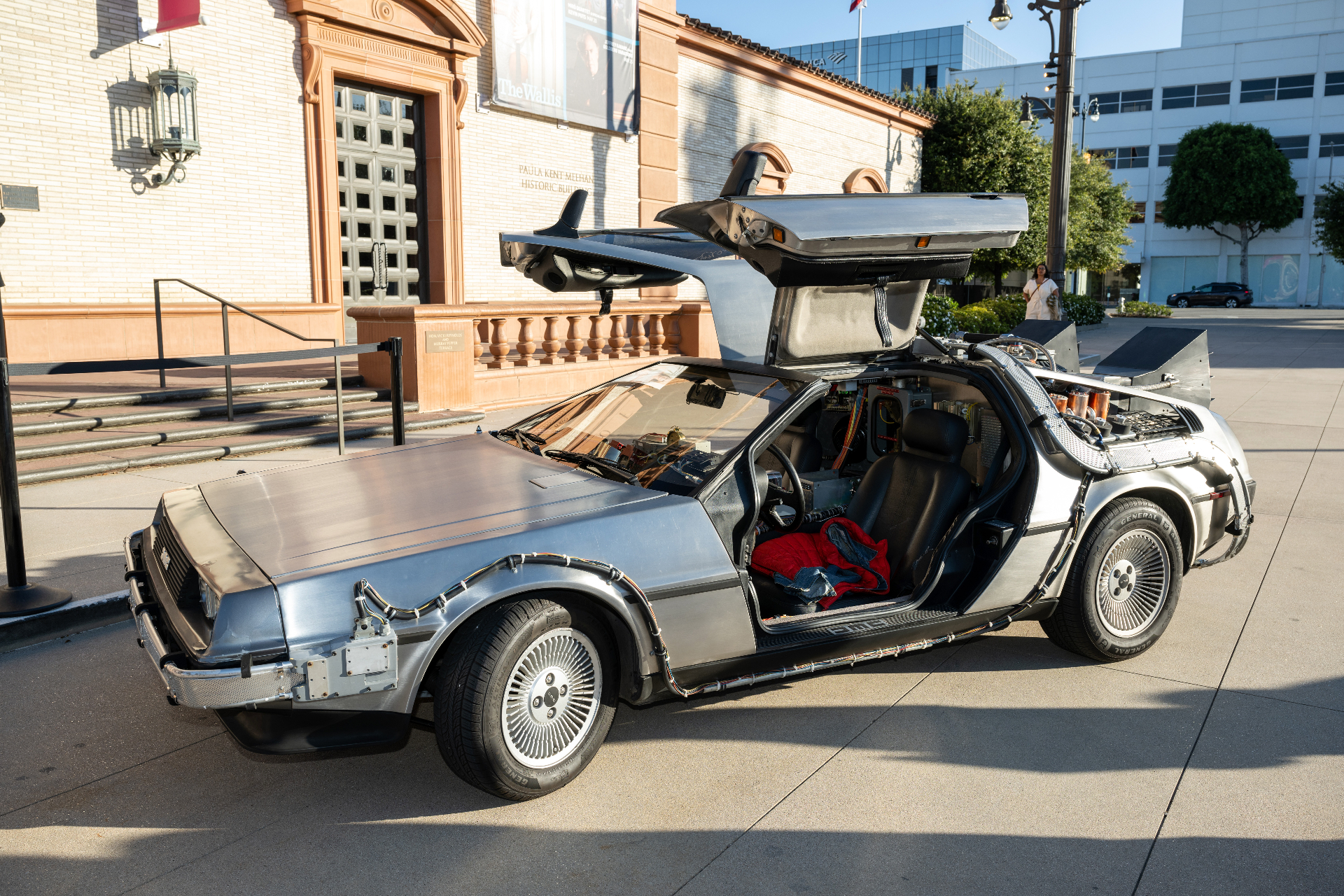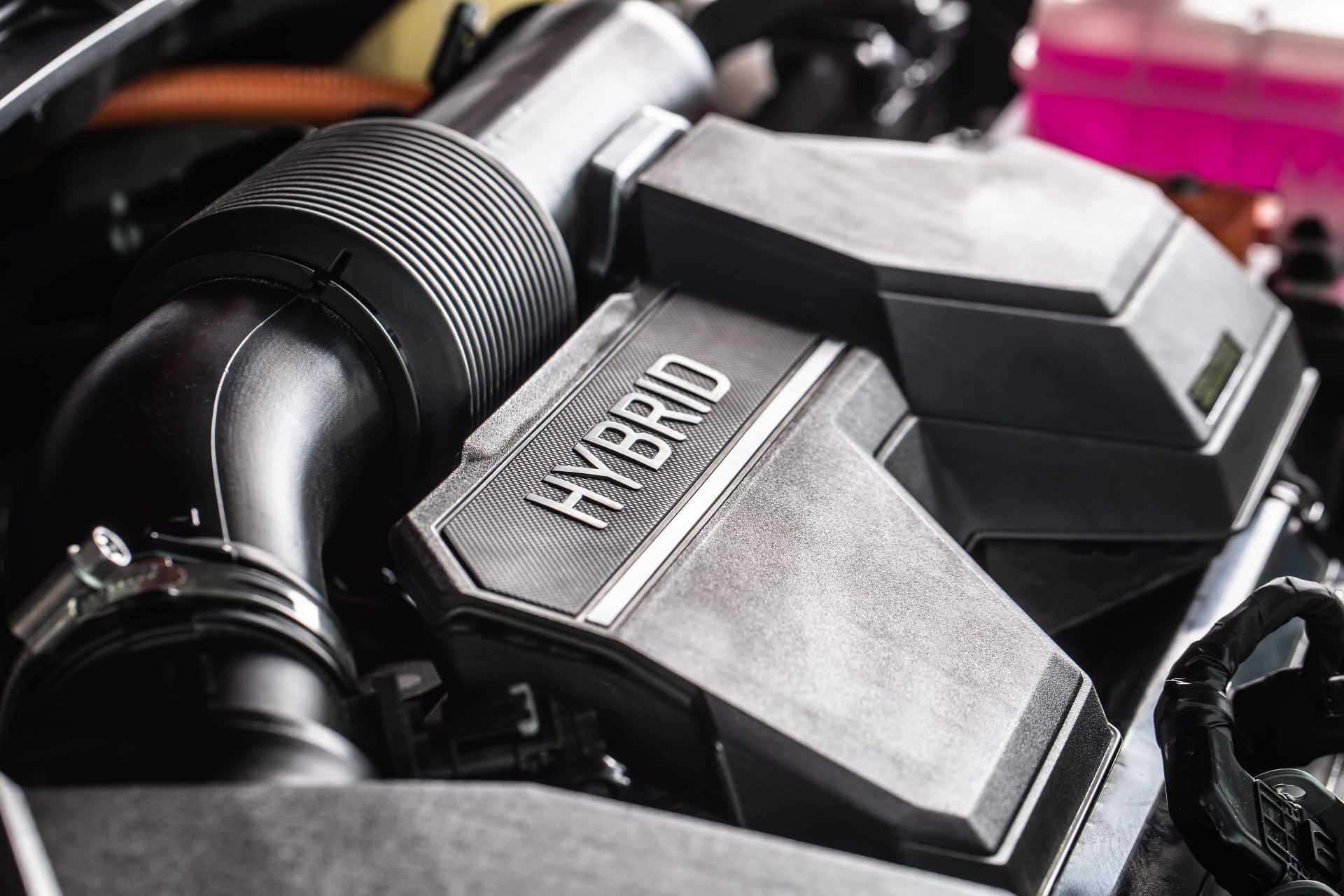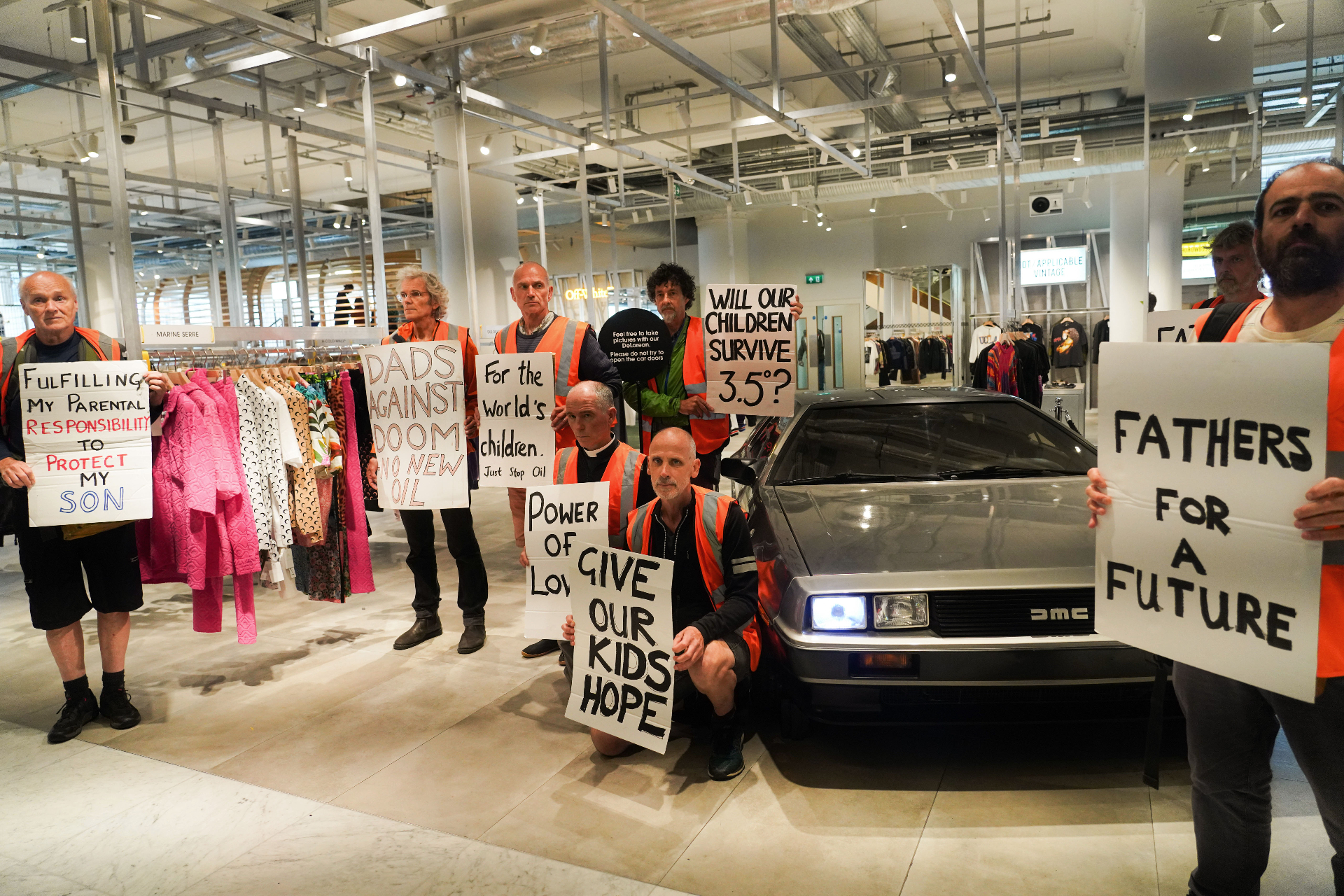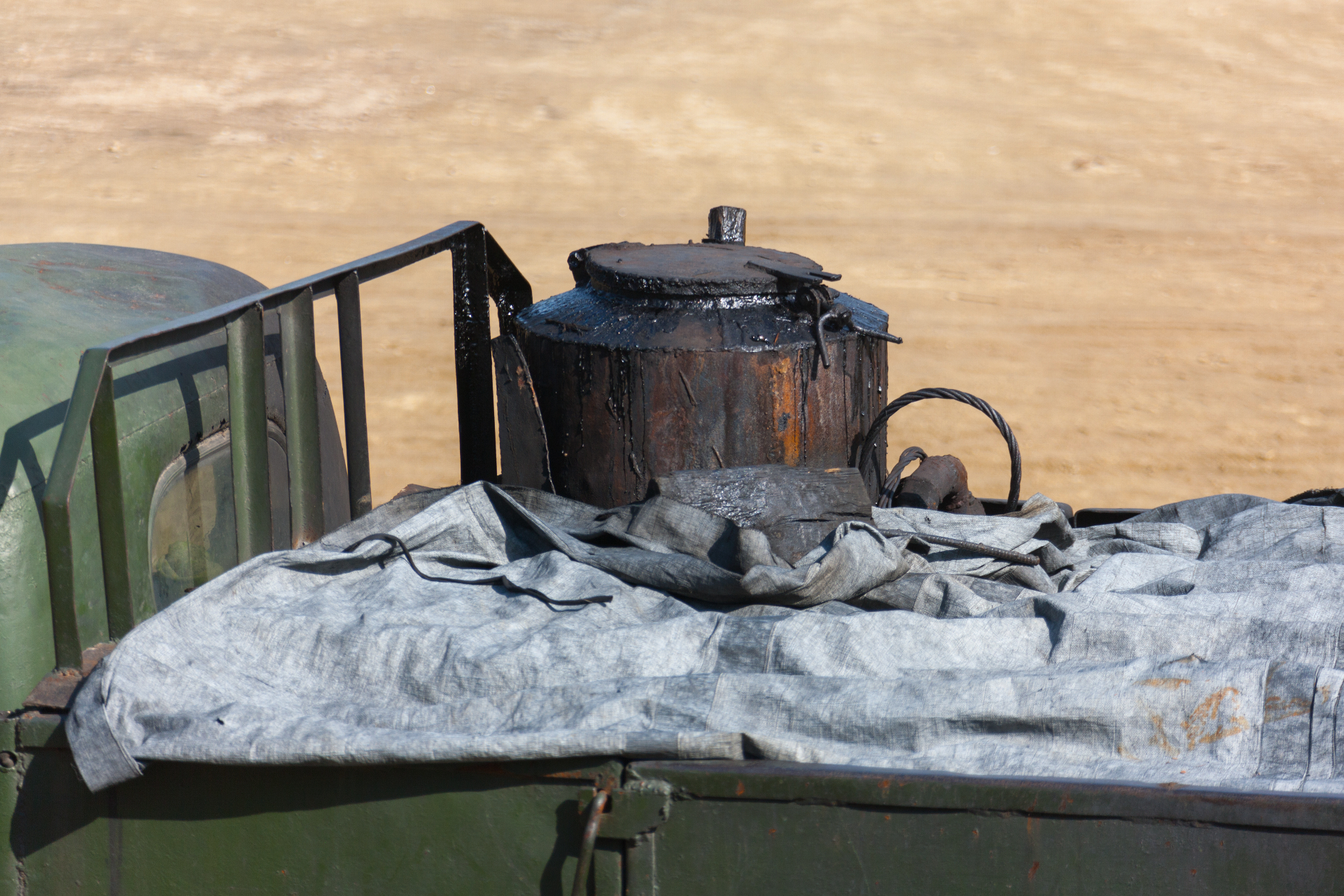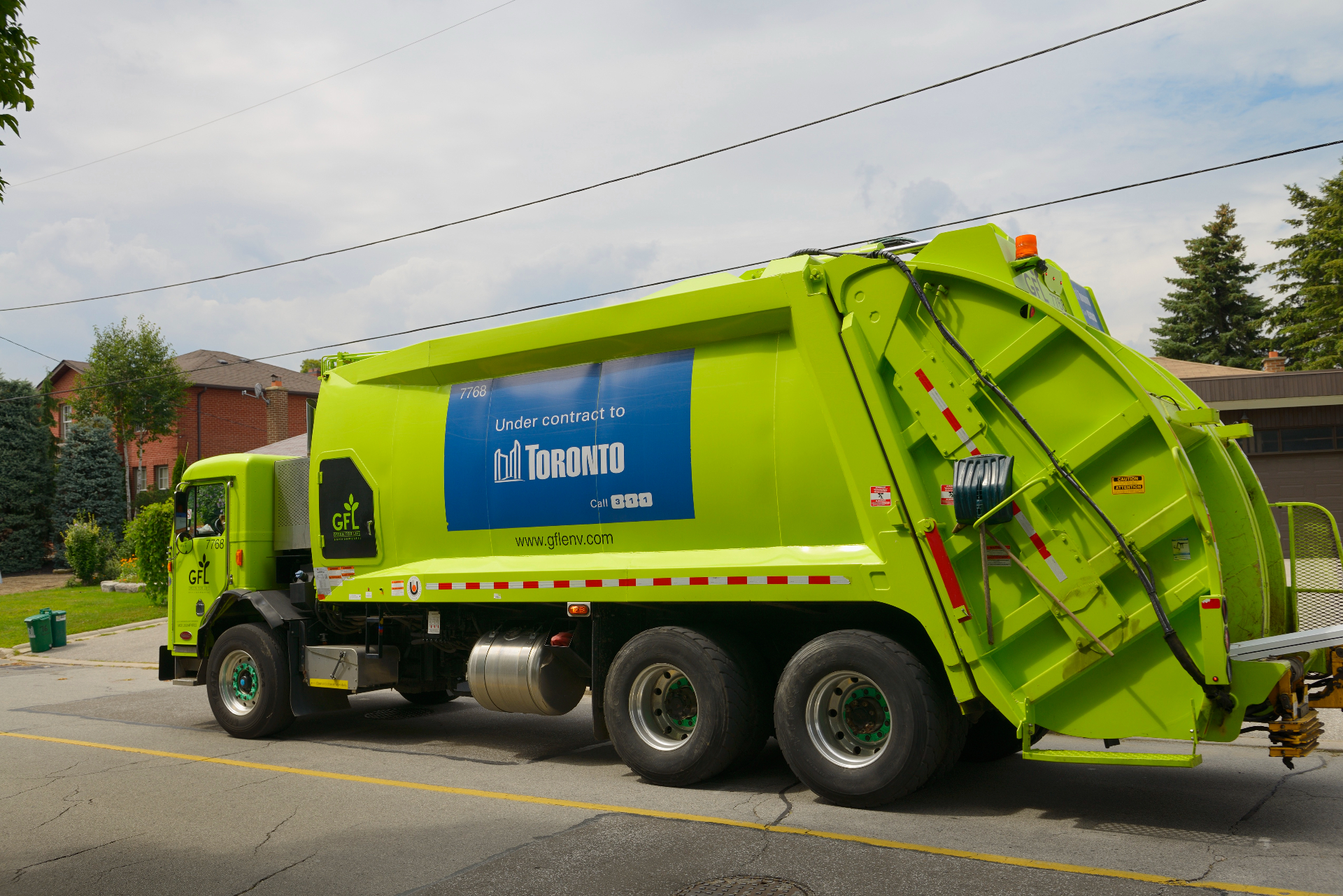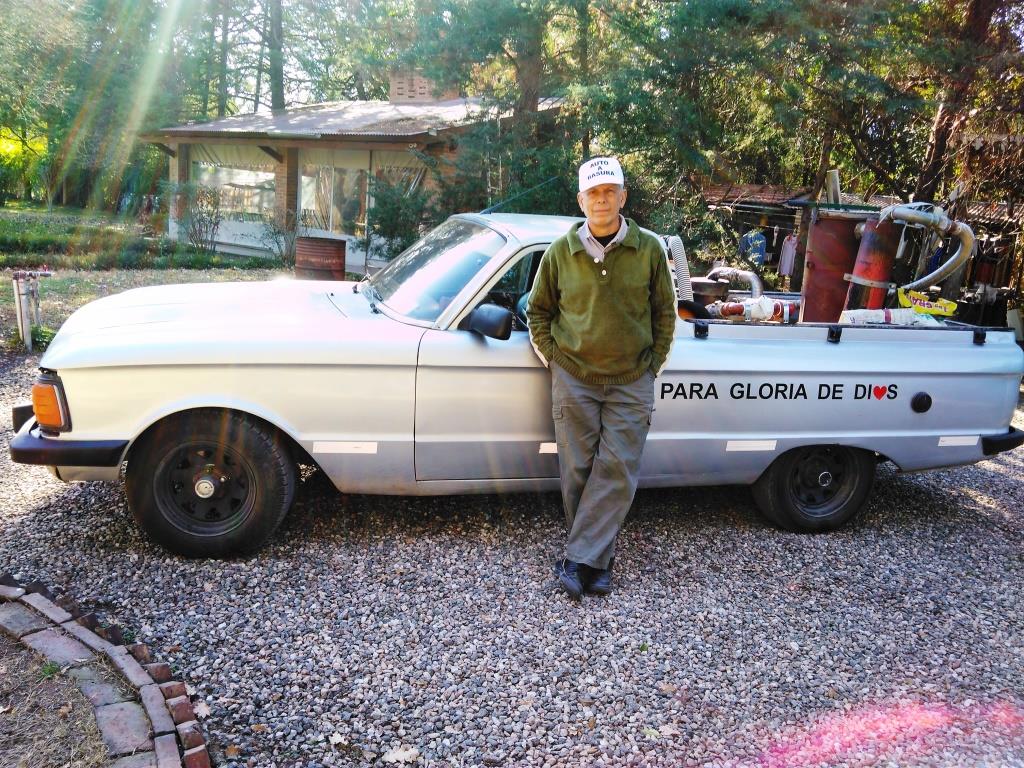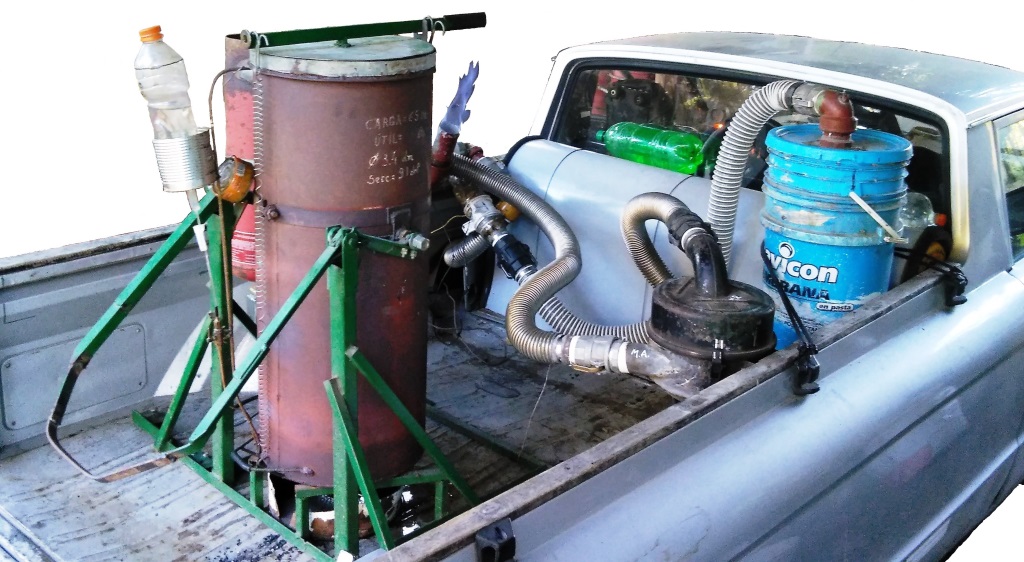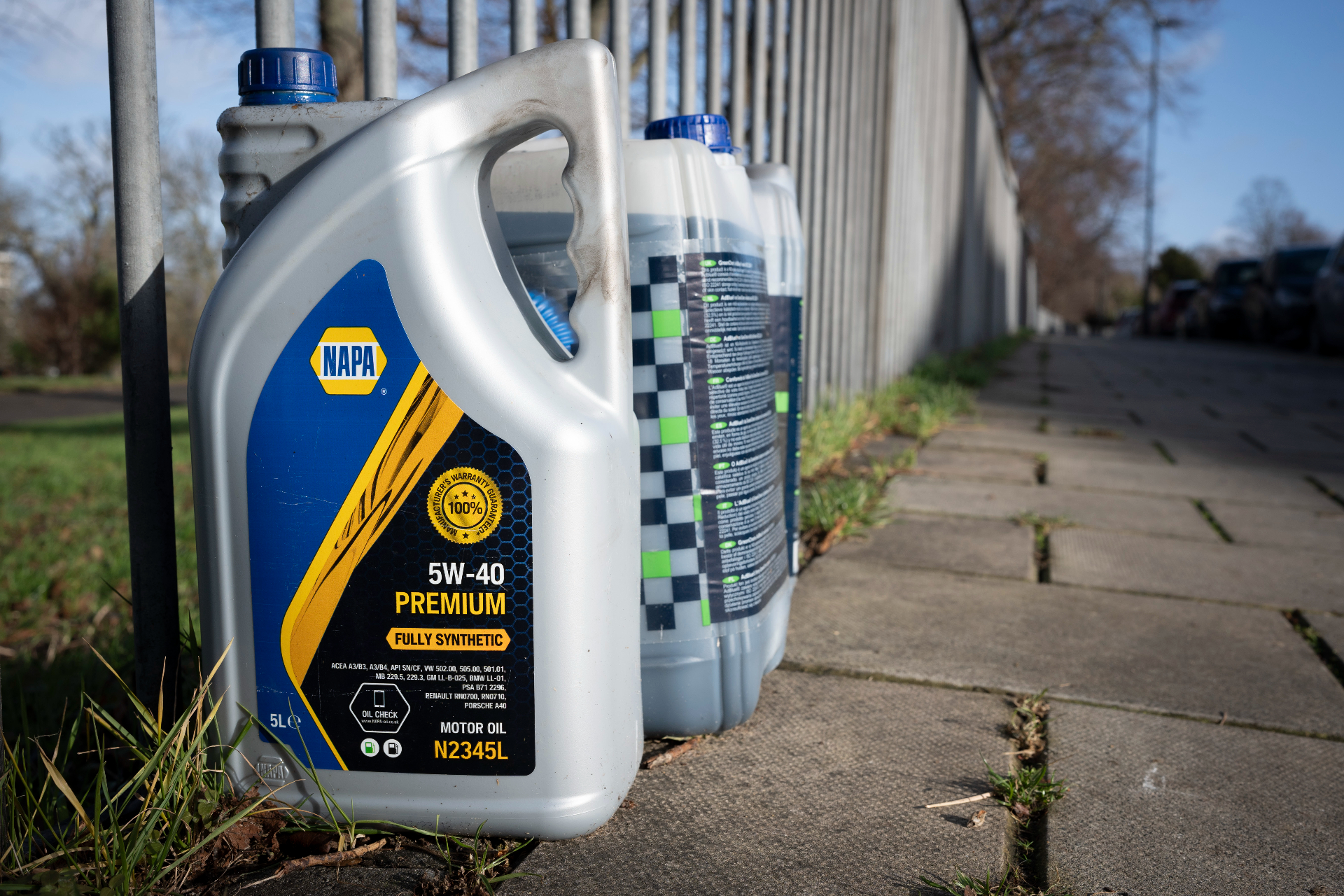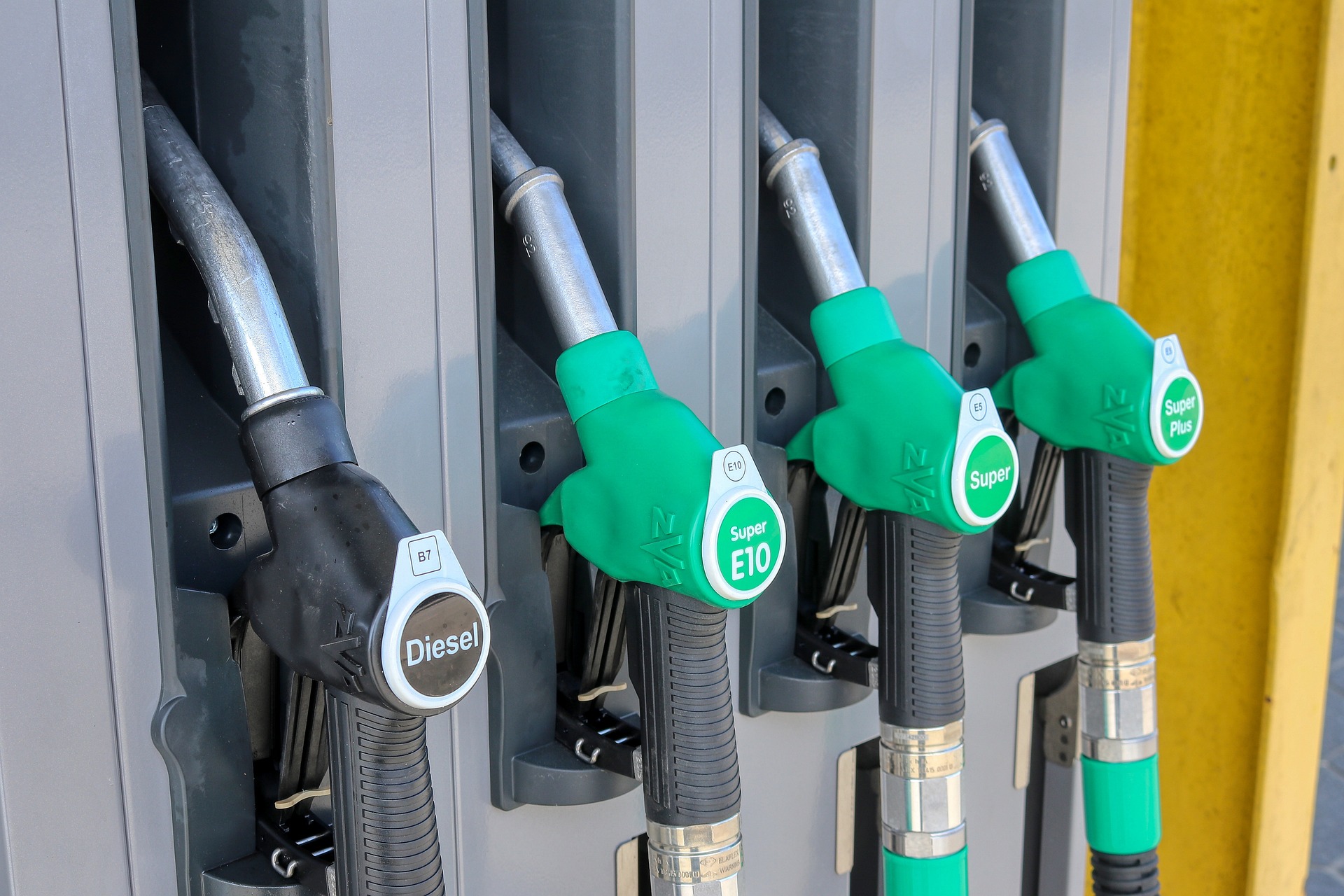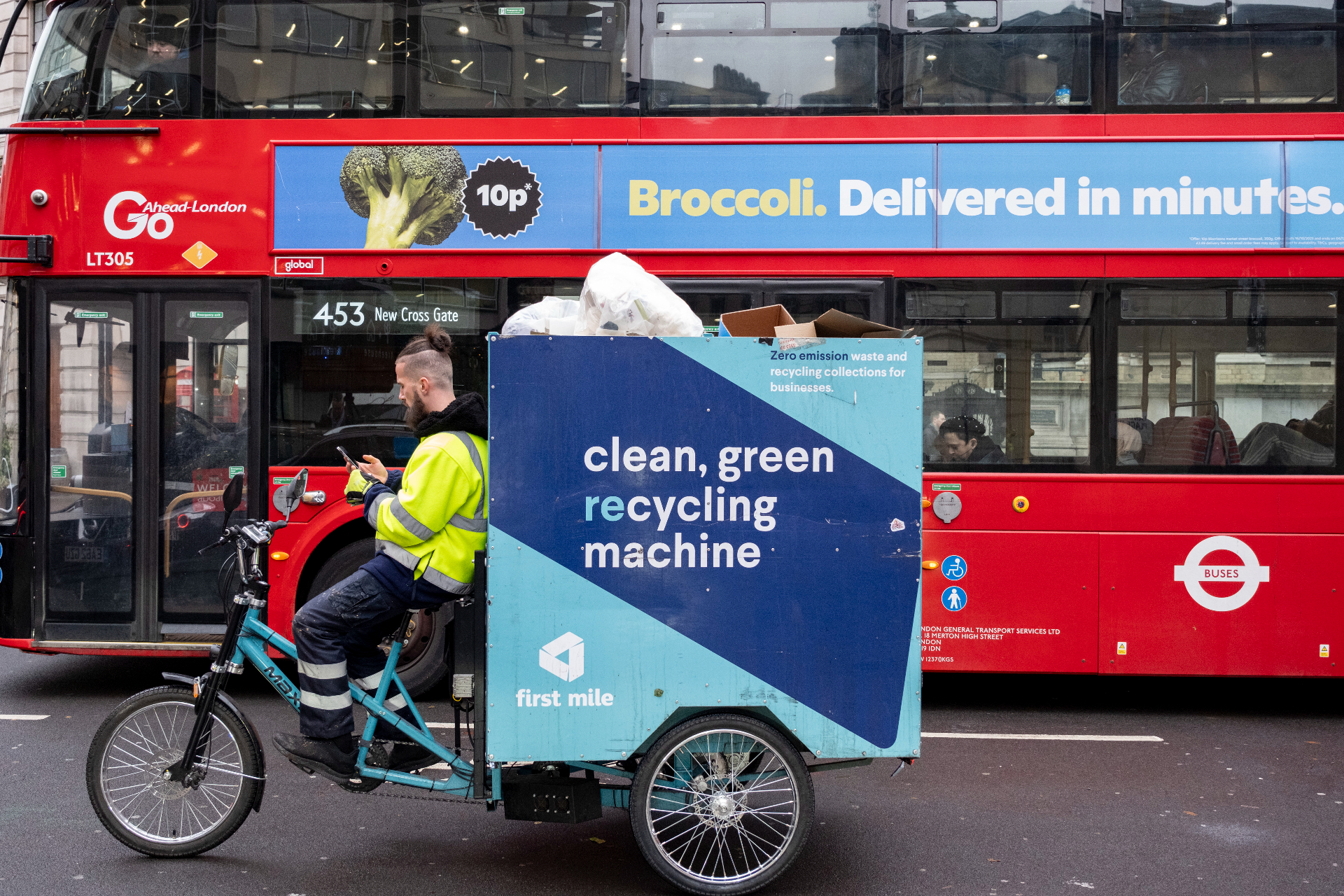Garbage-power! Did you know it is possible to convert your car to run on waste?
The last scene of 'Back to The Future' popularized the idea of a garbage-powered car in the 80s. Back then, it seemed like an ordeal only a future and more advanced society could tackle.
However, garbage-running cars are not a figment of science fiction. Some companies are building vehicles with adjusted engines or alternatives to allow gas-powered cars to adapt.
Using garbage instead of fossil fuels can be a much more environmentally friendly alternative since fossil fuels produce CO2, which heats the atmosphere, provoking climate change.
Still, there are more practical reasons to do it: oil is a finite resource, and we will run out. Also, the international distribution chain can be fragile, and prices fluctuate.
According to How Stuff Works, the way to power vehicles using garbage is to create syngas (synthetic gas) by applying heat and pressure to it and accelerating its decomposition process.
Using carbon to create gas for power through heat, not burning, is not new. It has been around for centuries and used by several countries during oil scarcity.
According to the website, which cited the process of renewable energy company Coskata, the first step is to sort the waste. Not all trash can produce syngas: glass and metal are rejected.
Once the garbage is selected, it goes into a gasifier, which applies heat and pressure to decompose the elements into carbon monoxide and hydrogen gas.
A gas, instead of a liquid, can already power some vehicles. There are examples like Toronto's garbage trucks, which, according to CBC, run on biogas from organic food waste.
But there are also examples of vehicles that use syngas. That is the case of the Drive on Waste project by Argentinian engineer Eddy Ramos.
According to his website, Ramos drove 6,000 miles with his 1983 Ford Falcon truck using mostly syngas produced by charcoaled food waste.
Photo: Drive on Waste / driveonwaste.com
He built the gasifier and adapted his vehicle using common materials and a clever design that allowed his truck to switch back to gasoline when needed.
Photo: Drive on Waste / driveonwaste.com
He published his design in a manual that shows how anyone with enough knowledge can turn a standard vehicle into a garbage-powered one. The document is available for download on his website.
Photo: Facebook / Drive on Waste
Still, as Ramos warns in his manual, building and operating a DIY gasifier is a lot of work and requires some knowledge of how an engine works.
That is why Coskata does not stop the process after creating syngas. It makes a liquid fuel that anyone can use without building a gasifier.
The liquid fuel is ethanol, widely used in standard vehicles, mixed with gas. The company feeds syngas to bacteria, which then turn it into alcohol.
The process is already used in several industries, so changing to syngas ethanol could be easy for the automobile industry.
More for you
Top Stories



